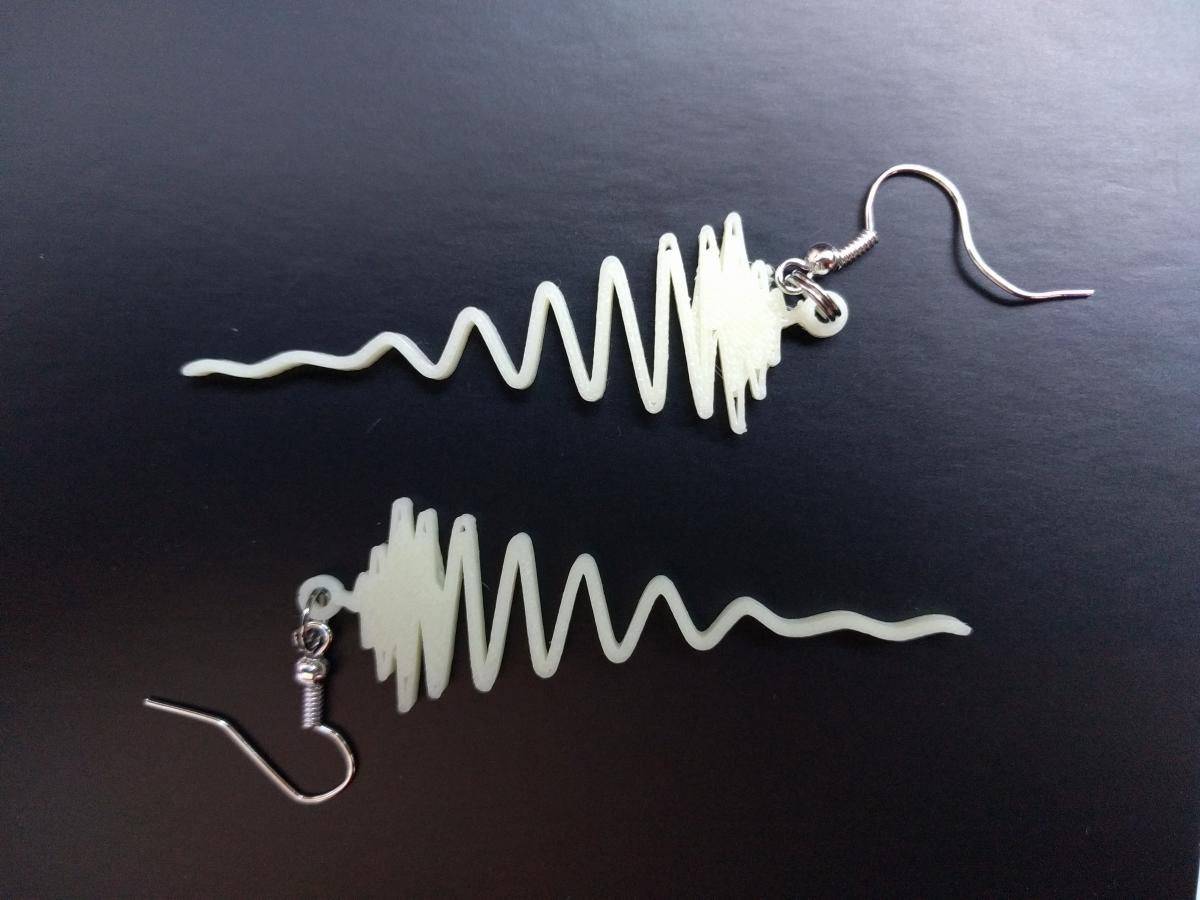Hi! Welcome to my website.
I am a postdoctoral fellow at Northwestern University, with joint appointments at the Center for Fundamental Physics (CFP) and Center for Interdisciplinary Exploration and Research in Astrophysics (CIERA). At the CFP, I am working to build an axion experiment (called ARIADNE). The axion was initially introduced to solve the problem of charge and parity symmetry. Recently though, it has been shown to also be a strong candidate to explain dark matter. At CIERA, I am working on thinking about axions, ultra-light bosons, and primordial black-holes as GW sources.
I did my PhD work in the Physics department at MIT and my undergraduate studies at IIT Bombay, India majoring in Engineering Physics with a minor in Electrical Engineering.
At the LIGO (Laser Interferometric Gravitational Wave Observatory) Lab at MIT, my main focus was to think about reducing quantum noise in precision measurements like gravitational wave detection. GWs were predicted by Einstein in 1916. They are ripples in spacetime, created by change in quadruple moment of any mass. Today's GW detectors are the most precise instruments for distance measurement and inspire much of my research in precision measurement science. For instance, the current generation of detectors measure a kilometer-scale distance change by a part in a billion-billion meters. Effectively, this means that they watch a 40 kilogram piece of glass move by an amount that is 1000 times smaller than the radius of one of the protons inside it. Such extremely precise measurement suffers from fundamental imprecision caused by quantum mechanics. This quantum imprecision in LIGO can be attributed to the electromagnetic state of the laser, and its interaction with the pendulum mirrors in LIGO.
In our team, we built a system to study the interaction of quantum state of lasers with a micro-nano-mechanical (but still visible by eye) oscillator. We then used this interaction to influence the motion of the oscillator by the quantum fluctuations of vacuum. This limit of motion of objects due to quantum vacuum is a fundamental noise that will affect all measurements, including LIGO. Moreover, usually, when we think about quantum effects, we think about them with respect to atomic-scale, or sub-atomic scale systems in cold temperatures (close to -270 C). But in this case, we achieved this quantum behavior with a system that one can see by eye, as well as at room temperature. This opens up the door to a world of possibilities where quantum effects can be started to come one step closer to a human-perceivable environment. We then used this system to modify the state of light into an exotic quantum state, called a squeezed state. Squeezed states can reduce the noise due to quantum vacuum, and are currently being used in LIGO to increase its sensitivity and make it possible for us to see gravitational waves far out into the universe. My thesis goes into the detail of how to design and build such a room temperature optomechanical squeezer.
I grew up in Delhi, India, moved to Mumbai for college, and then shortly back to Delhi before coming to Boston. I have been learning how to paint using acrylics, mostly from YouTube, and I like to go out for a sailing or dancing whenever I have a chance.
Download and print your own gravitational wave jewelry here

